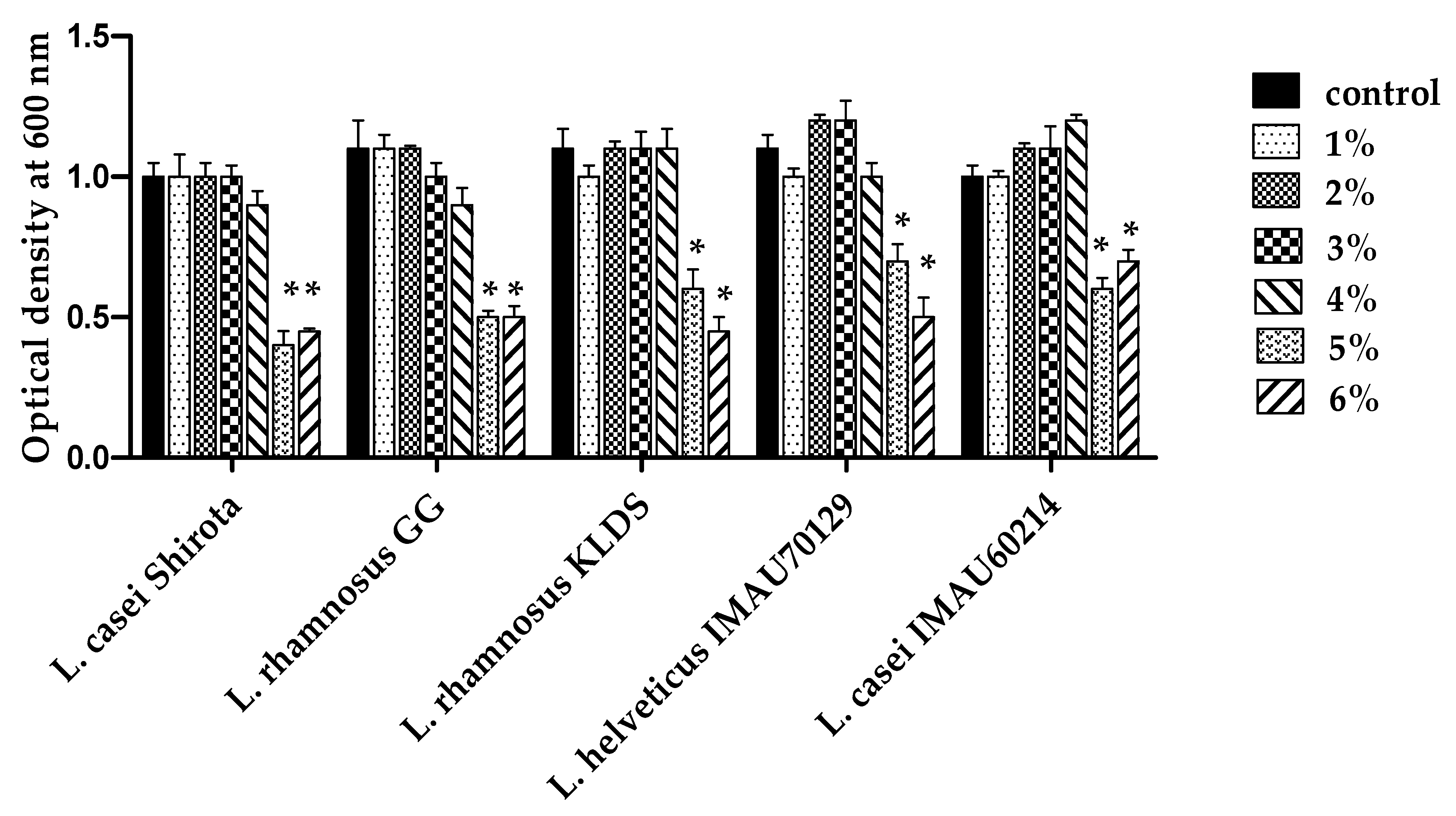

The core microbiome was collected from five different sites: nasal passages, oral cavity, skin, gastrointestinal tract, and urogenital tract. The aim of this project was to understand the human biomes, and to compare and classify the microbiota using sequences of 3,000 genomes from cultured and uncultured bacteria of 300 healthy individuals. HMP, conducted by the National Institutes of Health began in 2008 and ended in 2013. The concept of microbiome has brought revolutionary changes to the concept of environment and development of diseases, not only in the gastrointestinal, oral, and female genital tracts, but also in the urinary tract.

Currently, they are regarded as part of nonpathogenic members of urogenital floras. Lactobacilli are Gram-positive rods, and they are one of the most common microorganisms not only in the healthy vagina but also in the urinary tract. As the most important bacteria for the prevention of UTIs and BV, Lactobacillus plays an important role in the host defense mechanism against uropathogens. An imbalance in the composition of the microbiota in the genitourinary tract must be closely related with urinary tract infections (UTIs) and BV. Urinary microbiota is composed of a mixture of bacteria, including Gram-negative and Gram-positive bacteria, fungi, and viruses. However, 16S ribosomal ribonucleic acid (rRNA) sequencing and other technical advancements in the field of molecular biology have overcome the limitations of standard culture-based detection, demonstrating the presence of urinary microbiota. Urine samples were not included as part of HMP because the urinary tract has traditionally been considered as a sterile body niche. The Human Microbiome Project (HMP) is an effort to profile the microbial composition of a healthy population to determine the impact of changes in the microbiota on human health, particularly the composition of nasal passages, oral cavity, skin, gastrointestinal tract, and urogenital tract. Keywords: Bacterial vaginosis, Human Microbiome Project, Lactobacillus, Microbiota, Urinary tract infections Further development of key characteristics of urinary microbiomes that utilize 16S rRNA gene sequencing will play a key role in improving our understanding of urinary health diseases, such as UTIs. The following keywords were used in combination with “Urinary tract symptoms”, “Urogenital symptoms”, and “Probiotics” in a search: “Bacterial Vaginosis”, “Human Microbiome Project”, “Lactobacillus”, “Microbiome”, and “Urinary Tract Infections.” Here, changes in the urinary microbiome and differences in the abundance of Lactobacillus were identified in patients with UTI. This mini-review article provides updated information of the human urinary microbiome related to urogenital tract infections (UTIs) and describes Lactobacillus in the maintenance of urogenital health and prevention of UTIs. The traditional concept of “urine is sterile if urine culture and urinalysis are negative” has been overcome by new approaches using 16S ribosomal ribonucleic acid (rRNA) that demonstrated the presence of urinary microbiota.


 0 kommentar(er)
0 kommentar(er)
